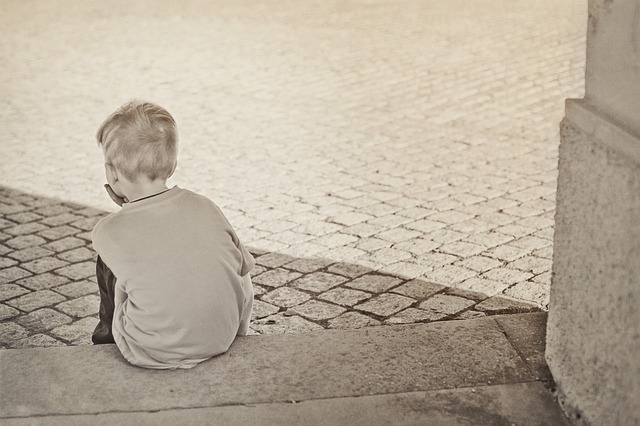
Looking back on our early years, most of us have probably been sent to timeout, or at least remember what that chair in the corner was for. Timeouts may seem like just another part of childhood, but actually, it’s ineffective. Timeout, or forced isolation as punishment, just doesn’t work.
Here’s why:
A misbehaving child needs connection, not seclusion
When kids act out, they’re actually trying to feel connected and significant. They’re just doing it in a misguided way. If we isolate them, we’re giving them the opposite of what they need most from us.
A punished child is operating in fight or flight
Timeout puts children into a state of panic (as does yelling or hitting). The brain is incapable of learning while in this mode. So, timeout cannot teach a kid a lesson. Instead, the coping mechanism is to avoid future punishment. That means they won’t have an issue doing it again if they know they won’t get caught.
Kids will label themselves, not the behavior
A child who experiences forced isolation as punishment thinks and internalizes, “I am Bad,” rather than, “What I did was bad.” Some will become people pleasers. Others will either openly rebel now, or they’ll build up resentment until they’re teenagers and then they’ll rebel on a larger scale.
We don’t need to make kids feel bad
It’s a myth that we must ensure suffering to discipline effectively. Kids don’t do better when they feel worse, they do better when they feel better.
So what do you do then?
There’s no need to be loosey-goosey just because you don’t use timeouts. Children thrive within structure and limits. If we think about our long term goals and the purpose behind our expectations for our children, we can parent effectively without shame.
Timeout doesn’t work; here are four things that do:
Logical Separation
Parents can remove an object, person, or situation if the child isn’t treating it correctly. Books that are ripped can be put away. We can use a baby gate if our little ones keep heading towards the hot oven while we bake. And we can slip out the back of a music class if our child is showing us that he can’t handle it right now. In none of these situations do we need to use any kind of blame or shame.
Time In
When our children feel out of control, we can use our presence to help them gain it back. With time in, we take our little ones into our embrace in a calm, quiet location. We can model calming techniques like deep breaths or counting to 10. Some kids don’t want to be touched but still feel the comfort of us just being with them.
Calming Time
If we’ve never used isolation as punishment, and we work on calming techniques at an early age, children will be ready to implement them independently, at least some of the time, around age two. We can tell them softly and kindly that they need some calming time and let them regain control in a soothing environment. When done correctly, this is really amazing for the child’s sense of independence and self-confidence.
Peace Corner
If a cozy spot to rest is accessible at all times, children are empowered to take control of their own behavior. So long as it isn’t associated with shame, they will visit the peace corner when they need it. Parents might consider using their own (separate) peace corners as well.
Timeout was initially developed to help children work through their emotions in a physically safe space. Today it’s generally used as a tool to embarrass, manipulate, and control children with the misguided understanding that this will help them become better people. Kids in timeout will think about a lot of things—how to get even, how to avoid getting caught, how to keep adults happy—but they won’t “think about what they did.” So let’s do better for our kids and get rid of timeout.















